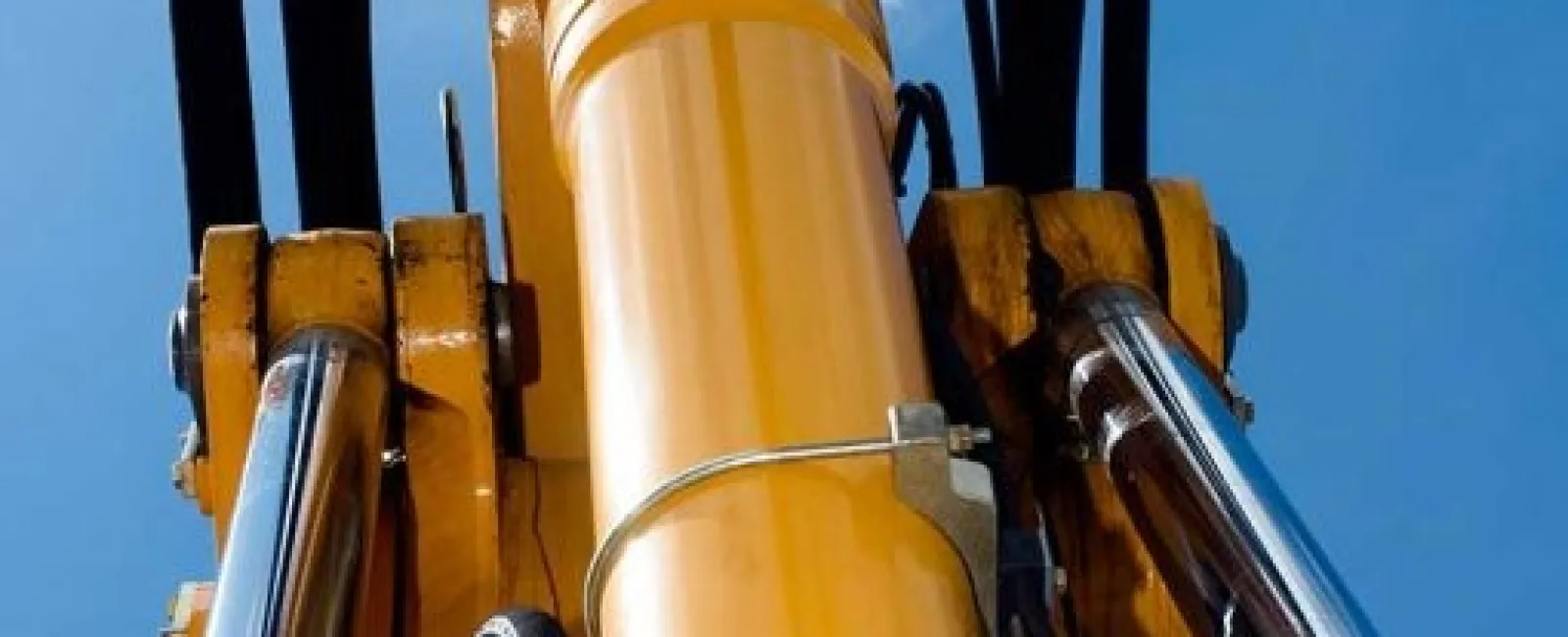Hydraulic Hose FranchiseOwners Use These 7 Steps to Choose the Proper Hose
Hydraulic hose plays a vital role in nearly every facet of our lives. It’s what conveys the pressurized fluids through a hydraulic system to create flowing energy. And flowing energy is how we make nearly half of everything that’s manufactured on the planet! Given the ubiquity of hydraulic hoses, it makes sense that a hydraulic hose franchise owner will stock a wide variety. So, where does a PIRTEK dealer start in determining the right hose?
All hydraulic hose is manufactured to conform to a set of required standards. In the U.S., the SAE Standard is the most widely used. The SAE Standard specifies the general, dimensional, and performance specifications for each hose. A hydraulic hose franchise dealer uses these specifications as a guide to determine the proper hose for a given installation or repair.
The industry has simplified this decision-making process with the handy acronym STAMPED, which stands for Size, Temperature, Application, Materials/Media, Pressure, Ends, and Delivery.
Size
The size of a hydraulic hose is determined by the flow rate and velocity of the fluid. Using the SAE standard, a hydraulic hose franchise dealer determines the inside diameter of the tube needed. Sometimes, depending on the system, they will also need to know the outside diameter as well. The length of the hose is another key factor.
Temperature
When selecting the proper hose, a dealer takes into account the temperature of the fluid it will convey as well as the surrounding temperature of the system. SAE Standards include the minimum and maximum temperature capacity for each hose.
Application
Next, a hydraulic hose franchise dealer decides where the hose will be used. Factors, including how it is configured within the system and how it’s oriented, are considered. Also, it’s important to determine the minimum and maximum capacity that a hose can bend. The SAE Standards call this the bend radius requirement.
Material
In this instance, “material” refers to the kind of fluid or matter that will be transferred through the hose. Also considered is how the matter will flow. Will it be static during certain points of the process? Will it continually flow?
Pressure
Next up in determining the proper hydraulic hose for a particular application is the amount of pressure it will be exposed to, both internally and externally. In addition to assessing the speed of the fluid, it’s important to know the fluid’s temperature. These variables combine to make up a hose’s maximum operating pressure. SAE Standards rates this for every hose type.
Ends
A hose is only as good as the connections that attach them to an application. These attachments are called ends or couplings. Certain couplings are only compatible with certain hoses. Our dealers consider what connection is required to mate a hose to a part.
Delivery
Lastly, a dealer needs to find out the availability of the required hose. If the necessary type isn’t in stock, it will need to be ordered and shipped. To determine the proper hose, it’s always important to determine if and how long the client can go without it. Do they need it now or can they wait a week? Shipping requirements and special packaging requirements are also important factors.
Sound complicated? It’s not. PIRTEK will teach you everything you need to know to make you a successful hydraulic hose dealer. Contact ustoday to see if PIRTEK might be the right investment for you.

